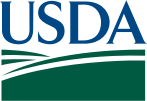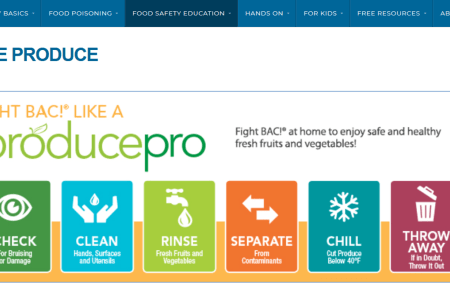A food allergy is a serious and potentially life-threatening disease that can happen when the body’s immune system overreacts after eating certain food proteins (known as allergens). Food allergic reactions can vary in severity, with some resulting in mild symptoms like hives or stomach pains, and others leading to more serious conditions like anaphylaxis. There is no cure for food allergies, but they can be managed. Below are some resources for further information and education on food allergies.
Nutrition Tailoring
Nutrition tailoring is the process of modifying food packages to better meet the supplemental nutrition needs of individual participants. Based on a comprehensive WIC nutrition assessment of the participant’s supplemental nutrition needs, nutrition tailoring involves making substitutions, eliminations, and/or reductions of food types (e.g., dry beans instead of peanut butter) and physical food forms (e.g., dry milk instead of fluid milk). See more on nutrition tailoring in the WIC Food Package Policy and Guidance.
Food Allergy Resources Source: U.S. Department of Agriculture, FNS
A collection of food allergy resources including education materials for child nutrition professionals.
Allergies and Food Safety Source: U.S. Department of Agriculture, FSIS
FAQs regarding food allergies including topics such as symptoms, causes, specific foods, how to know if a food contains a major allergen, and more.
Food Allergies: What You Need to Know Source: U.S. Department of Health and Human Services, FDA
A downloadable resource that reviews the most common food allergens, how these are listed on food labels, symptoms of food allergies, anaphylaxis (severe reaction), and what to do if symptoms occur. Also provides contact information for reporting adverse effects and labeling concerns.
Have Food Allergies? Read the Label Source: U.S. Department of Health and Human Services, FDA
This page (also available in Spanish) reviews the most common food allergens and the different meanings of "contains" and "may contain."
Build a Healthy Eating Routine for Your Baby (Birth to Age 2) Source: DietaryGuidelines.gov
Fact sheet (also available in Spanish) with providing information about foods that cause allergies, and how to tell when baby is ready for solids.
Addendum Guidelines for the Prevention of Peanut Allergy in the United States Source: National Institutes of Health
Provides guidelines for early introduction of peanut-containing foods into the diets of infants at various risk levels for peanut allergy.
Peanut Allergies: What You Should Know About the Latest Research & Guidelines Source: American Academy of Pediatrics
Reviews previous recommendations and new research and guidelines on introducing peanut products to infants, and provides additional resources. This site is also available in Spanish.
'Gluten-Free' Means What it Says Source: U.S. Department of Health and Human Services, FDA
This page (also available in Spanish) provides information on gluten sensitivity and Celiac disease, how the FDA defines "gluten-free," the types of foods for which this definition is enforced, and information for reporting a product with unclear labeling or that may be mislabeled.
Food Allergy vs Food Intolerance Source: American Academy of Allergy, Asthma & Immunology
Page that reviews the difference between a food allergy and food intolerance.
FoodAllergy.org Source: Food Allergy Research & Education
Website that has a documentary about living with food allergies, education, research, and more.

 WIC Works Resource System
U.S. Department of Agriculture
WIC Works Resource System
U.S. Department of Agriculture



